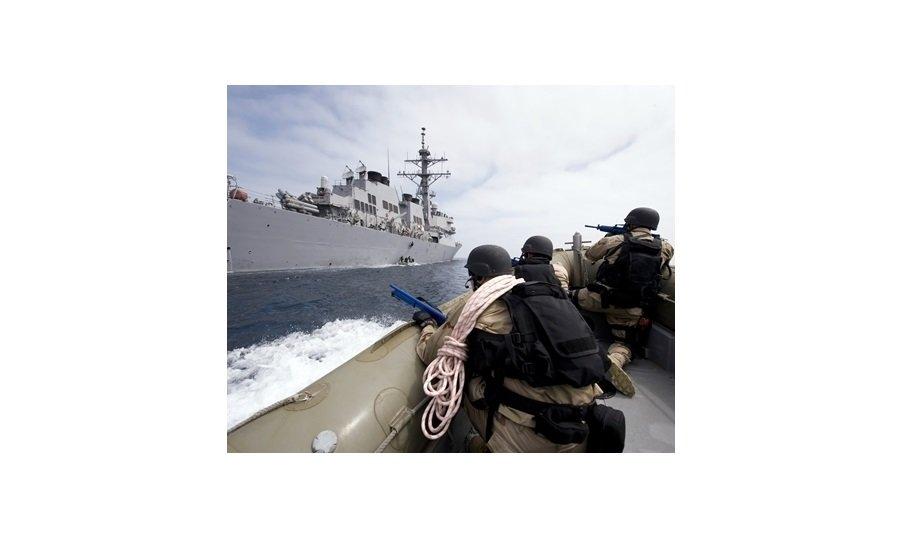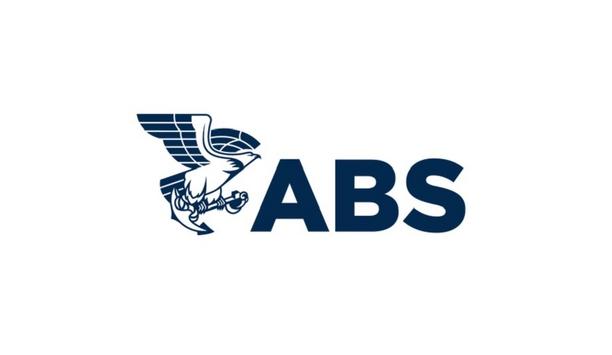A recent article by global maritime safety magazine, Safety at Sea, has reported a rise in piracy attacks in Southeast Asia. Following the latest quarterly report from the International Maritime Bureau (IMB), the number of incidents has surpassed the Gulf of Guinea in Africa for the same period.
The IMB report also shows a year-on-year increase in attacks in the Singapore Strait and waters of the Philippines in 2020. Singapore attacks increased from 35 in 2019 to 51 this year, with 8 recorded incidents in the Philippines, double that of the previous year.
Night vigilance
The article also reports that West African pirates are abducting larger numbers of a crew
The IMB recommends that crew sailing in Southeast Asian waters remain vigilant, especially at night, however reassuringly, other maritime security experts advise that pirate-related activity in Asia generally involves less violence. Demonstrating this point further; Southeast Asia has reported more incidents of piracy this year, but the Gulf of Guinea accounted for 95% of global kidnappings.
The article also reports that West African pirates are abducting larger numbers of a crew; 80 seafarers have been kidnapped over 14 incidents. Speaking to Safety at Sea, Dirk Siebels, senior risk analyst at Risk Intelligence, confirmed that the average number of hostages is rising in the Gulf of Guinea, from about four per attack in 2016 to about eight in 2019.
Alarm sounds, notifying authorities
As a maritime communications and safety systems provider, Satcom Global understands that vessels, particularly those travelling through high-risk areas, require a solution onboard to help avoid, deter and protect the crew from pirate attacks.
The IMB suggests sounding the alarm, and notifying authorities quickly, at the sight of any suspicious activity or individuals close to the vessel.
Integrated and discreet anti-piracy solutions
Satcom Global has valuable experience in designing, developing, and integrating bespoke and discreet anti-piracy solutions based on individual vessel requirements to both minimise the risk of attack and maximise the protection of crew and cargo.
For example, providing appropriate reliable, emergency communications equipment, as well as supporting the designation and preparation of a safe room (or Citadel) where the captain and crew can take refuge whilst sounding the alarm or alerting nearby authorities to the emergency.










